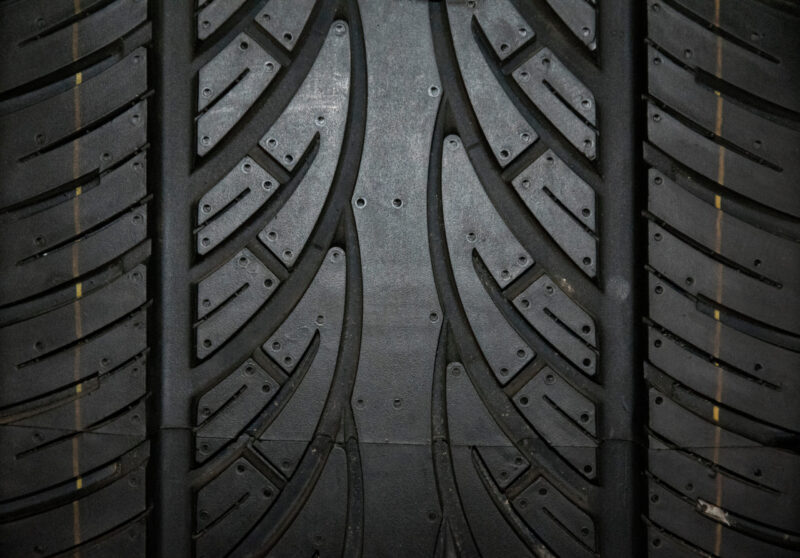Fall brings a unique set of challenges for drivers, with wet and slippery roads becoming a common occurrence. One crucial element of your vehicle that plays a pivotal role in your safety during this season is often overlooked: your tire tread. That’s why this month, your local Amherst auto repair shop is exploring the science behind tire tread and why it matters so much in the fall.
Tire Tread: More Than Just a Pattern
Tire tread isn’t merely a decorative pattern on your tires; it’s a sophisticated engineering feat designed to keep you safe on the road. The science of tire tread involves a combination of physics, materials, and clever design to provide traction and stability in various weather conditions.
Tread Patterns and Water Displacement
When it comes to wet and slippery roads in the fall, tire tread patterns are your first line of defense. The primary purpose of these patterns is to channel water away from the contact patch between the tire and the road. This is crucial because water on the road can cause hydroplaning, where your tires lose contact with the road surface, leading to a loss of control.
The channels and grooves in your tire tread are carefully designed to direct water away from the center of the tire and toward the edges, where it can escape. This helps maintain a solid grip on the road even in rainy conditions.
Tread Depth and Traction
Tread depth is a critical factor in determining a tire’s ability to grip the road. In wet and slippery conditions, deeper tread grooves are better at dispersing water and providing grip. As tires wear down over time, their tread depth decreases, reducing their effectiveness on wet roads.
In the fall, when leaves and rain create slippery surfaces, having sufficient tread depth becomes even more crucial. Tires with inadequate tread depth are more likely to lose traction, increasing the risk of accidents.
Rubber Compounds and Temperature Sensitivity
The type of rubber used in your tires plays a significant role in how they perform in different temperatures. As fall transitions into colder weather, the rubber in your tires can become stiffer and less pliable. This can reduce your tires’ ability to conform to the road surface, decreasing traction.
Many tire manufacturers produce seasonal tires designed to perform optimally in specific temperature ranges. For fall, all-season tires are a common choice because they strike a balance between warm-weather grip and cold-weather flexibility.
Mike Brailey’s Auto | Amherst Auto Repair
To view our complete list of services, check out our website today or contact our Amherst repair shop for more information. In the meantime, we look forward to getting you back safely on the road!
